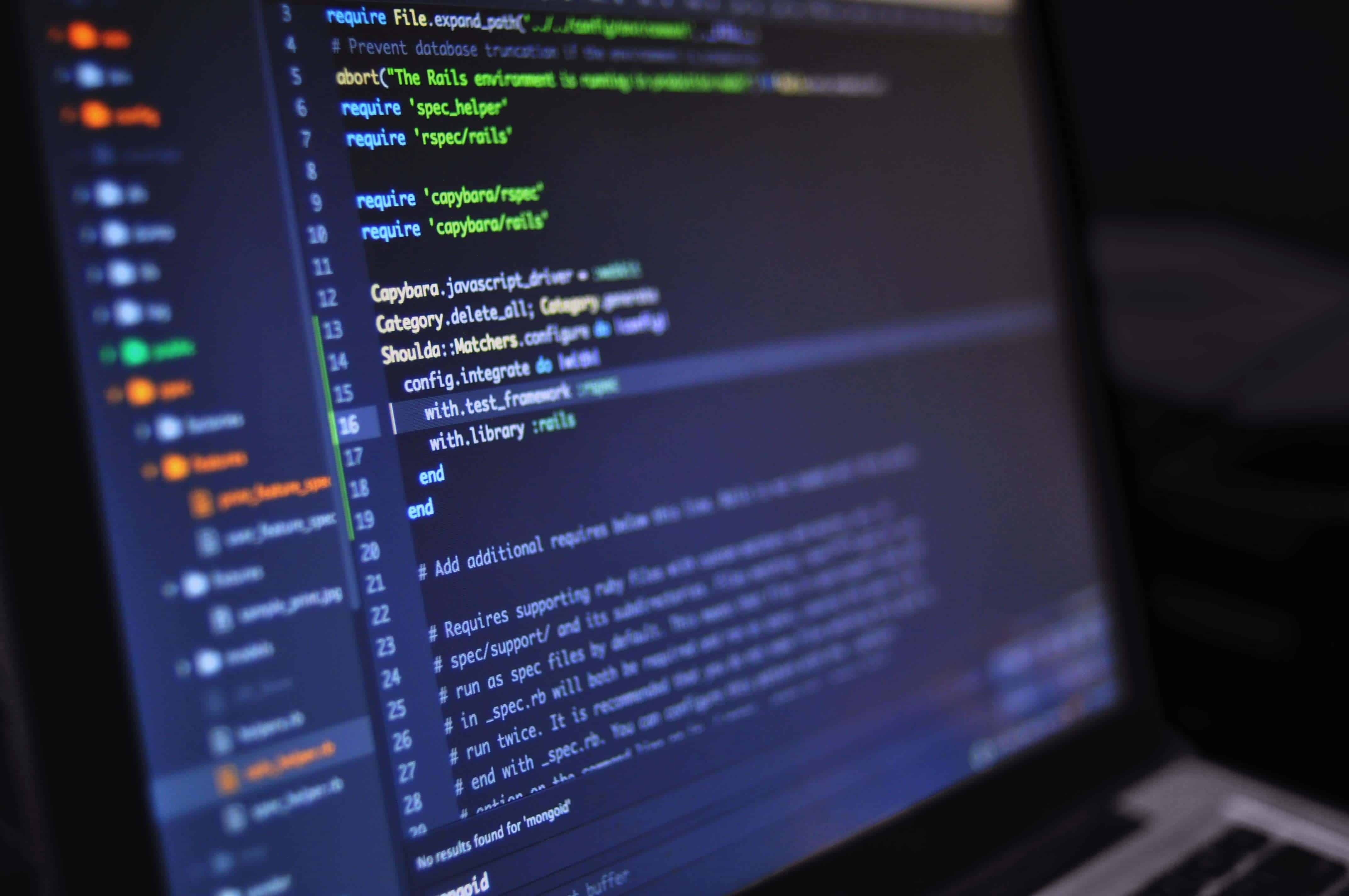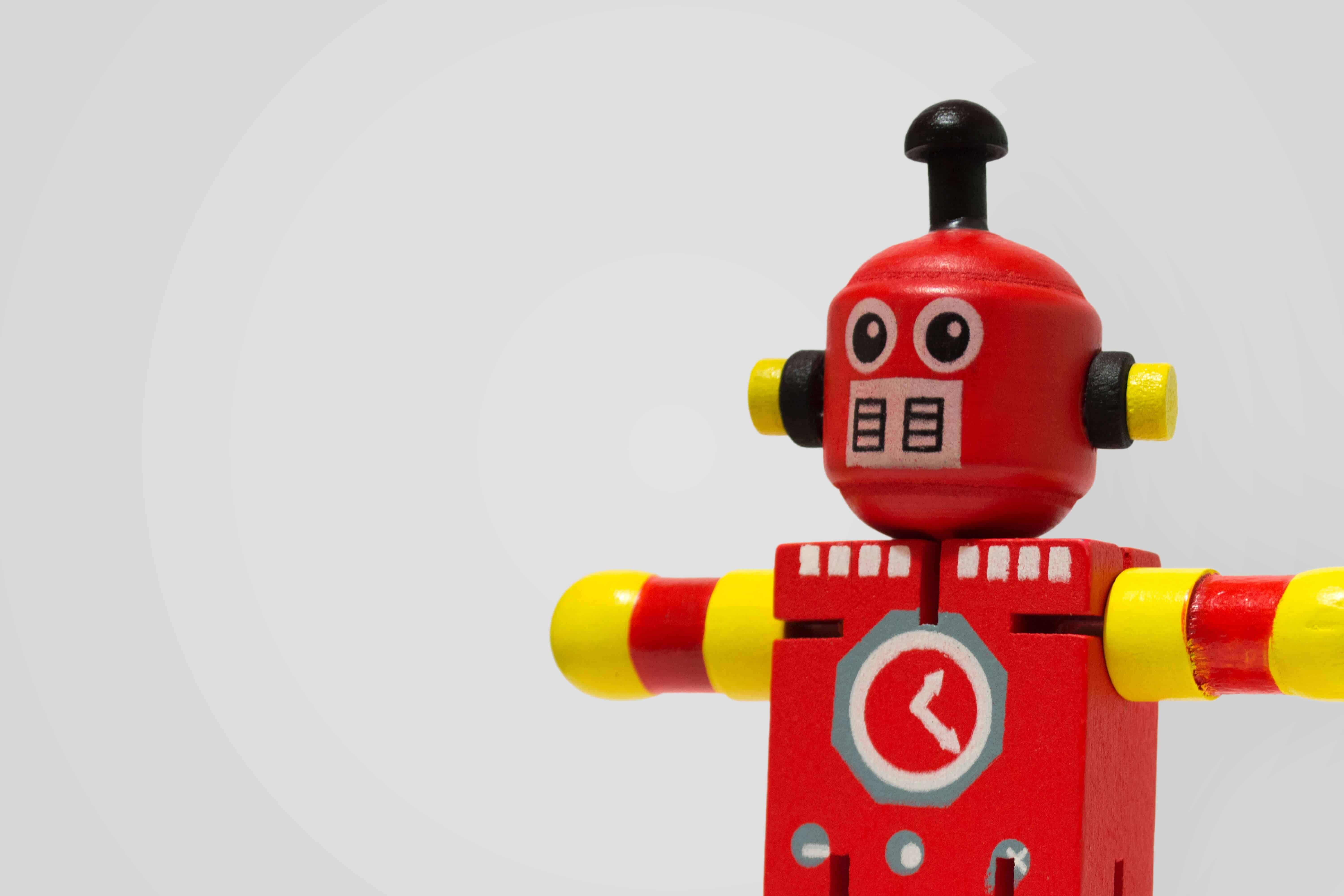Understanding AI and Machine Learning in L&D
We recently had the pleasure of hosting a webinar on the topic of artificial intelligence (AI) and machine learning (ML) with Diane Haines, VP Marketing of OpenSesame. We discussed practical applications of AI and machine learning in L&D and corporate training – like how you can work through data at your company for employee training and how to process it to gain knowledge for practical use so that you can improve your workforce.
For many it is still unclear how to use AI and machine learning or how to develop a strategy for using it. During the webinar we ran a live poll and asked ‘’what are the barriers to machine learning & AI at your organization today?’’ – over half of the audience said there was no clear use case of AI or machine learning in their organizations. Noted secondly on the poll was that the audience felt there was a lack of strategy on how to use this technology within their organizations.

Break it down
To address these issues related to lack of understanding and strategy, let’s take a look at a few points we touched on during the webinar. Let’s begin by defining a few terms to ensure we are all on the same page.
Artificial Intelligence is defined as the theory and development of computer systems able to perform tasks normally requiring human intelligence, such as visual perception, speech recognition, decision-making, and translation between languages. Machine Learning is a part of artificial intelligence. They are algorithms whose performance improve as they are exposed to more and more data over time.
To better understand how AI and machine learning can help you, begin by focusing in on and asking yourself questions about these three points; automation, recommendation, and prevention.

Automation
Automation: During the webinar, Diane explained AI as having a machine process information to be able to act and adapt the way a human would in different situations so that it is basically simulating human intelligence without humans being involved.
- A few examples of automation by machine learning can be the way images are labeled by radiologists, documents needing to be labeled with metadata, and projects labeled with budget overage.
- At Speexx, we use automation to dynamically schedule sessions for our global virtual classroom solution, taking into account the preferred date and time of our students, topics, and trainers to best match schedules with their individual needs. The automation process also selects the best possible personal coach for a new student, to be able to satisfy the needs of that specific student during of his or her learning journey by providing support, motivation, corrections and individual phone or virtual classroom sessions.
She also explained several different types of machine learning; such as supervised, unsupervised, and reinforcement. All types of machine learning are all geared towards predicting what may happen next and then delivering on these results. The job of machine learning is to try to automate processes so that humans have less administrative work, and then receive a recommendation on what the next best step or next best path would be, or the best way to sort the data to achieve the best result – this brings us to the next step, recommendation.

Recommendation
Recommendation: Is there anything in particular you’d like the system to recommend to you or to your teams that would help business run more efficiently?
- One example which is often seen in training and development is that many talent managers are wanting recommendations for personalized learning paths. Each member of a team may have different career goals, and each has a different career path of moving up within the organization. Perhaps a team has two or three high performers who have moved up to upper management – if talent managers can understand the learning paths and the training these high performers took to get them where they are, the same learning path could then be suggested to other members of the team wanting to perform better.
- Another example would be how Speexx uses AI to predict user behavior and then give recommendations based on those behavior patterns, to then take personalized action to prevent these users from dropping out. Our system also analyzes user behavior – like the different trainings users are taking, the work they did, which areas they struggle or excel in, and then give recommendations for a personalized learning path.
- We also use a collaborative filtering recommendation algorithm to send personalized content of interest to our students on a weekly basis.

Prevention
Prevention: The final application is prevention. We want the learning algorithms to prevent something from happening before something bad happens.
When it comes to the final step of prevention, ask yourself what can go wrong. A classic example of practical application for prevention would be at-risk employee alerts.
- By analyzing your historical training and communication data on a regular basis, you can receive at-risk employee alerts when an employee is ‘’at risk’’ of compliance issues. You can then move forward in the right direction and suggest that the employee takes action to prevent a negative or unfavorable outcome.
- At Speexx, we detect when a student is not putting enough effort in the learning journey, in order to prevent them from dropping out of the course or failing.
Personalized learning experiences
To deliver effective pronunciation training, Speexx developed a proprietary speech recognition software designed specifically for the purpose of learning languages. In an interview with Android Pit, Armin Hopp elaborated on how Speexx’ learning feed uses AI to provide personalized learning experiences, spaced repetition for vocabulary training, as well as for writing and listening skills and pronunciation.
You can provide more personalized learning experiences with AI and machine learning by tracking the training patterns and learning behaviors of current learners so you can then identify the ideal learning path and then repeat it and reinforce it with your team. This comes down to understanding what data is already in your system, such as performance development, and then finding the best use case for it. This may seem very time consuming, but the reality is that the data for many different recommendations are already in your system – simply track the training your existing employees are taking so that you can then take that information and analyze it and have the algorithms recommend personalized learning paths to future employees.
Ultimately, Diane was able to distill some of the hype and confusion surrounding AI and machine learning and she helped us better understand how companies can more effectively harness the mounds of data many have from their training and L&D programs, in order to make more intelligent business decisions.
We look forward to exploring this topic further at Speexx Exchange Berlin in November. Join us along with Tom Turnbull, VP Partnerships and Co-founder of OpenSesame, as we discuss practical applications of AI in HR and learning and development.
About OpenSesame
OpenSesame helps companies develop the world’s most productive and admired workforces. With the most comprehensive catalog of e-learning courses from the world’s top publishers, OpenSesame helps you every step of the way, from finding courses, mapping them to your core competencies, syncing them with your LMS to increasing utilization and improving your L&D programs.
